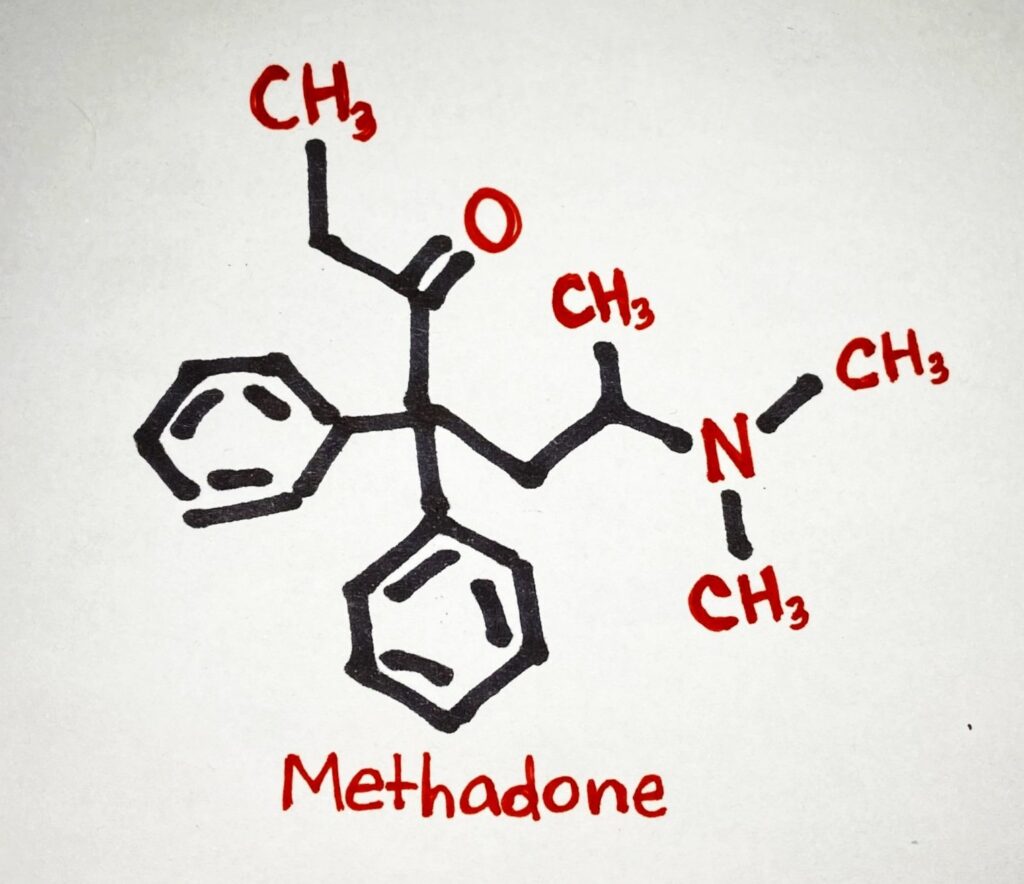R Sheet on Congressional Reorganization Acts
Nov 2, 2018 Key Points
Many of the voiced frustrations about Congress’s organization and operations are not unique to the present day.
Congress has a history of reforming itself through Joint Committees on the Organization of Congress (JCOC).
In 1946 and 1970, following two JCOCs, Legislative Reorganization Acts were passed, which dramatically reformed congressional capacity, structures and transparency.
Congress should establish a fourth JCOC to solicit member and expert recommendations for modern reforms.
Image credit: Orhan Cam









